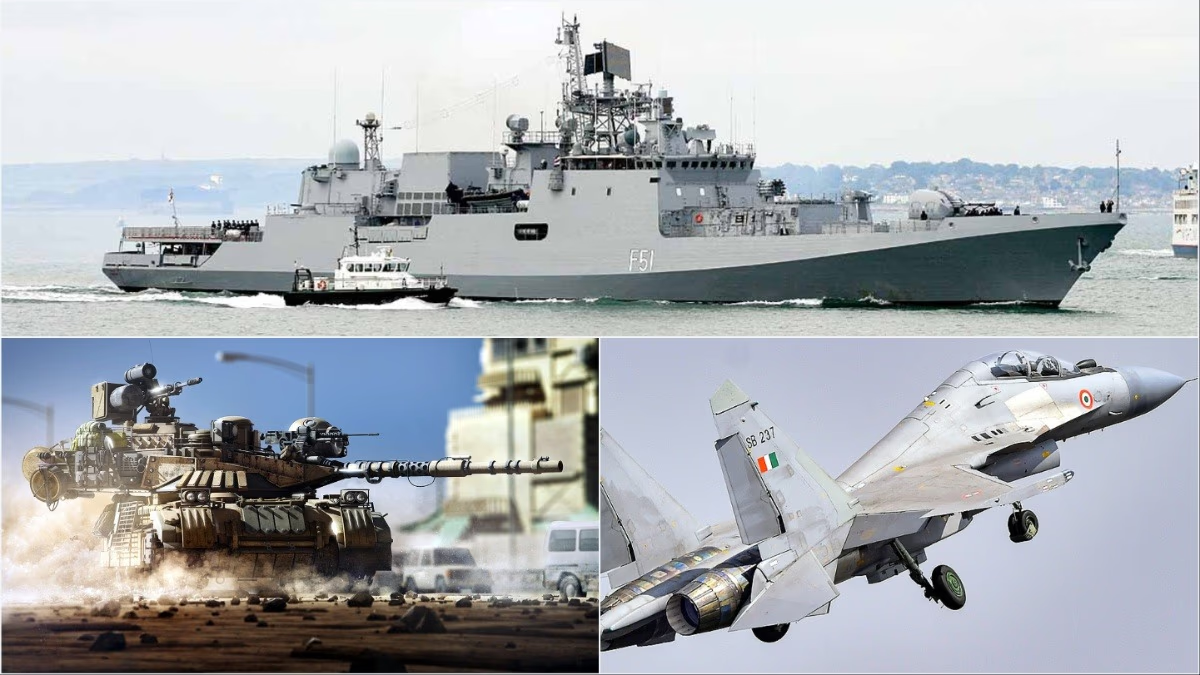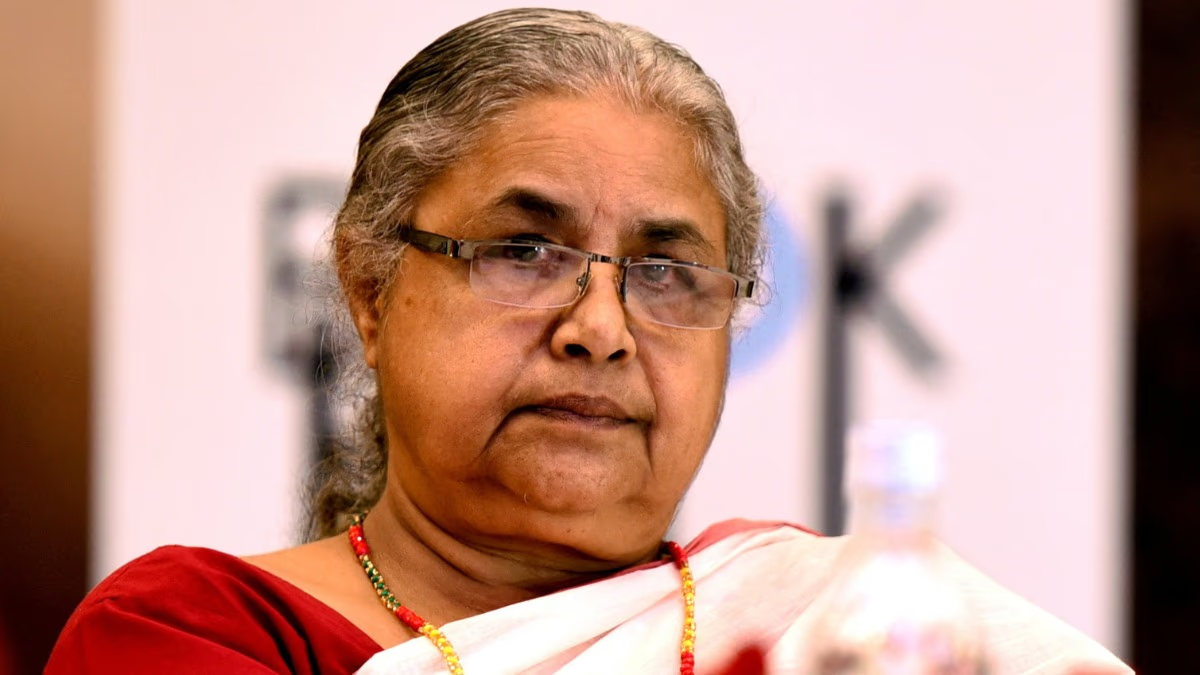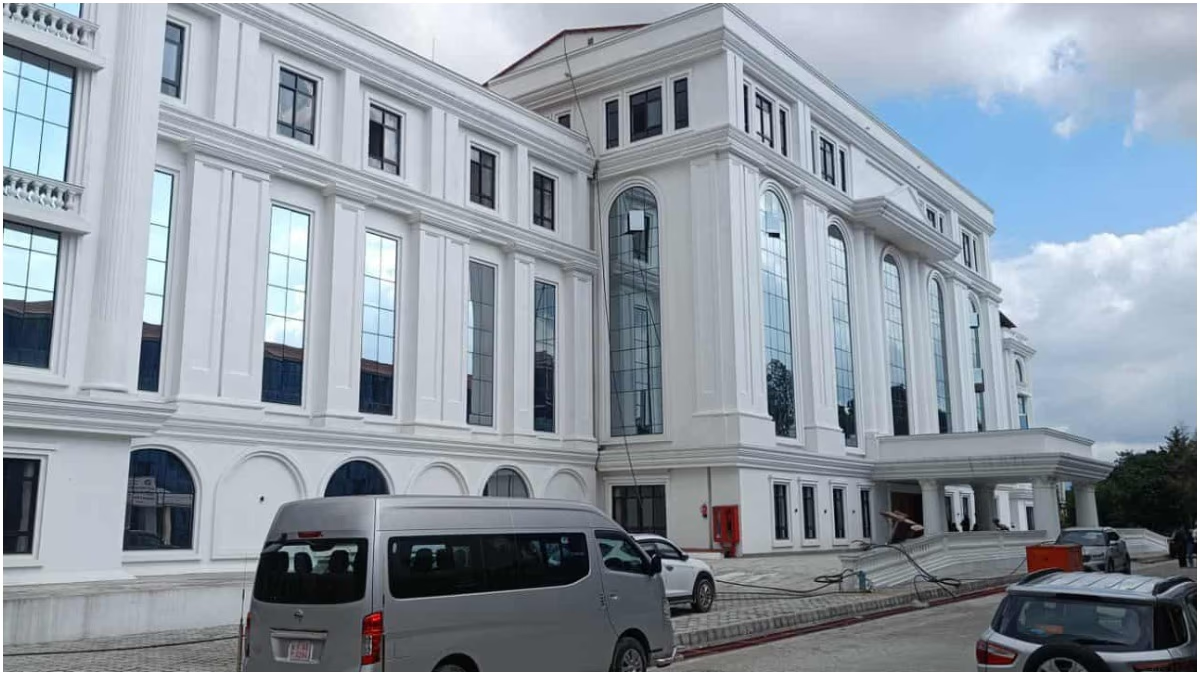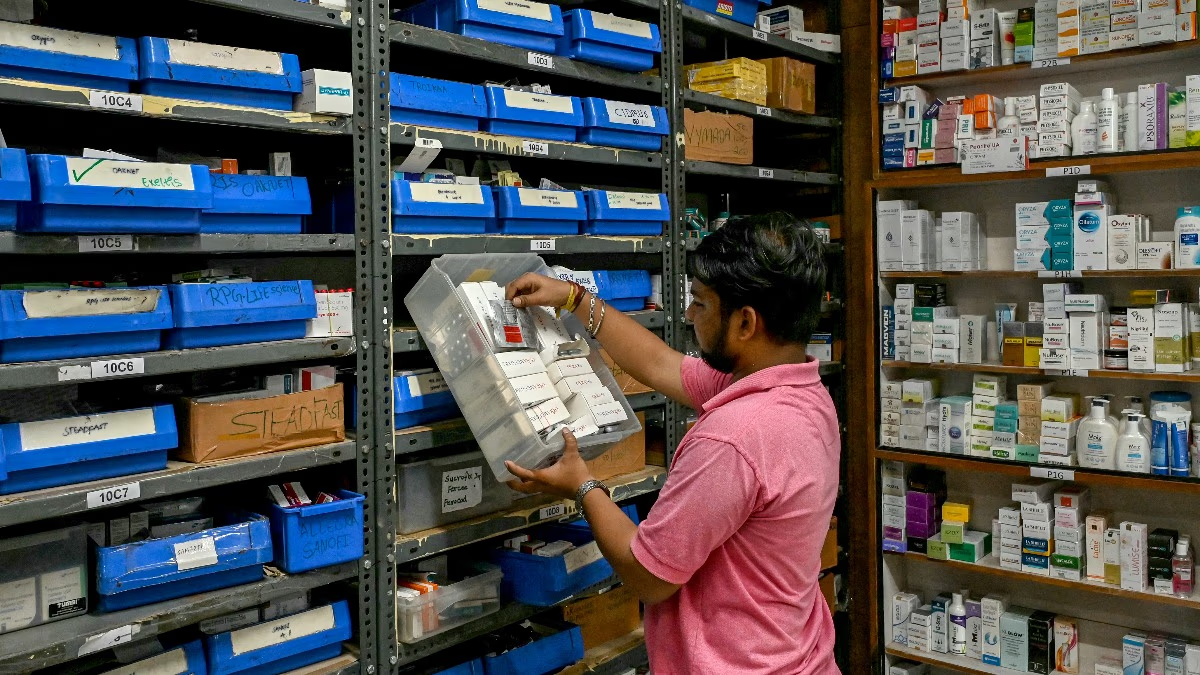Amid rising tensions with neighboring countries, the Indian government has approved the procurement of various weapons, equipment, and other essentials for its three armed forces. This includes Future Ready Combat Vehicles (FRCV) for the Indian Army, guided missile frigates for the Navy, and 240 engines for the Air Force's fighter jets.
The Indian Navy will receive seven new advanced stealth guided missile frigates under Project-17 Bravo (P-17B). The government has approved a budget of ₹70,000 crore for these frigates, which will be part of the Nilgiri class warships. Companies like Mazagon Dock Shipbuilders, Garden Reach Shipbuilders, Goa Shipyard, and Larsen & Toubro will construct these vessels.
Read Also: Emergency landing of Coast Guard helicopter during rescue mission, with 4 ships and 2 aircraft deployed for the operation

Source: aajtak
Currently, Mazagon Dock and Garden Reach Shipbuilders & Engineers are constructing Nilgiri class frigates under Project-17A (P-17A). Seven warships are being built, with five already launched, expected to be included in the Indian Navy by February 2025. These launched frigates are named Nilgiri, Udaygiri, Taragiri, Himgiri, and Dunagiri.
These frigates have a displacement of 6670 tons and are equipped with 32 Barak-8 missiles, 8 BrahMos missiles, 2 Varunastra torpedo launchers, 2 anti-submarine rocket launchers, and three guns. Additionally, they can host Dhruv and Sea King helicopters. They are fitted with four Kavach decoy launchers and two torpedo countermeasure systems.
Read Also: Russia-Ukraine War: A new weapon in the war... a drone that spits fire, raining molten metal upon enemies
Replacing T-72 Tanks with 1700 FRCVs
The Indian Army will replace its T-72 tanks with Future Ready Combat Vehicles (FRCVs), approximately 1770 in number. About 60% of these vehicles will be made locally. Two major companies, Bharat Forge and Larsen & Toubro, have come forward for the project, which will proceed in three phases, each producing 600 FRCVs. The project's total cost is around ₹50,000 crore.
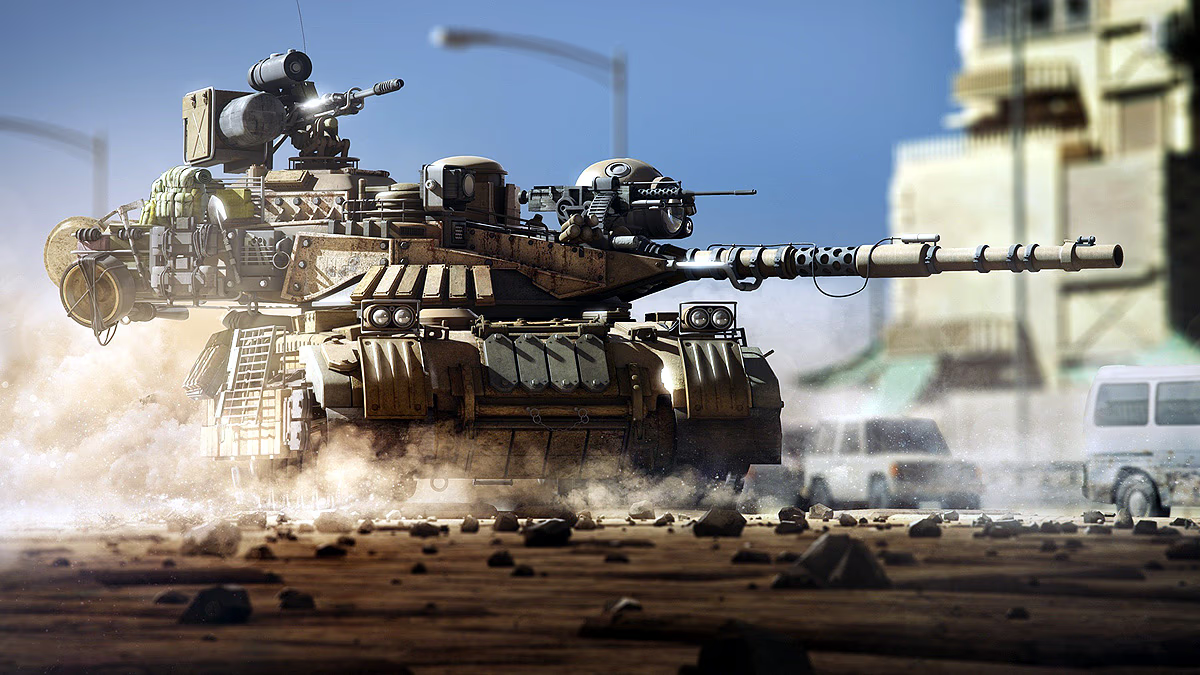
Source: aajtak
FRCVs will feature artificial intelligence, drone integration, active protection systems, situational awareness, and manned-unmanned teaming. India currently possesses 2400 T-72 tanks. FRCVs will be inducted in three stages, with the first phase including 590 tanks.
New technologies will be added in each phase to ensure longevity, enhanced lethality, and precision in attacks, while providing superior protection for soldiers inside. These tanks will be less vulnerable to airstrikes, equipped with secure communication systems, and capable of firing various types of ammunition.
Read Also: How did insurgents in Manipur obtain drone bombs? Defense experts highlight the major security challenge
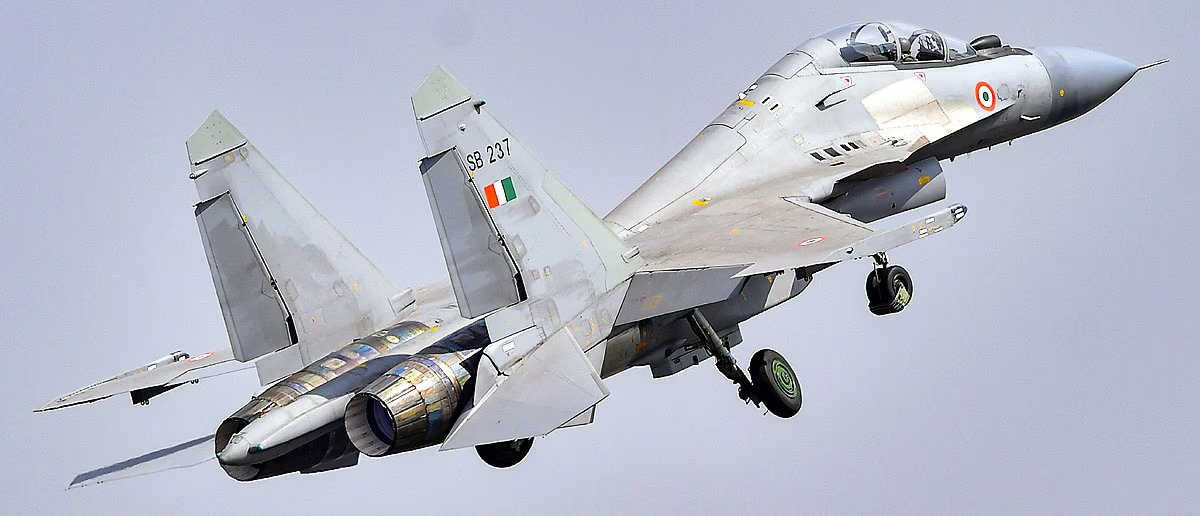
Source: aajtak
The FRCVs will also be equipped to launch various types of missiles, feature anti-drone safeguards, and be proficient in electronic warfare. The recent Russia-Ukraine war has shown the vulnerability of older tanks to drone strikes, leading to an increased demand for FRCVs worldwide.
240 Aero Engines for Air Force's Su-30MKI
The Indian government has ordered HAL to manufacture 240 aero engines for the Air Force's Su-30MKI fighter jets, with a budget of around ₹26,000 crore. These engines are to be delivered over the next eight years, starting from next year, with 54% indigenous content. Enhancing the Su-30MKI fleet will strengthen India's air defense capabilities.
